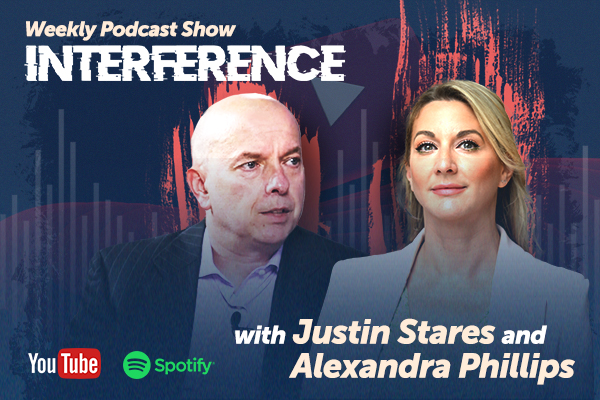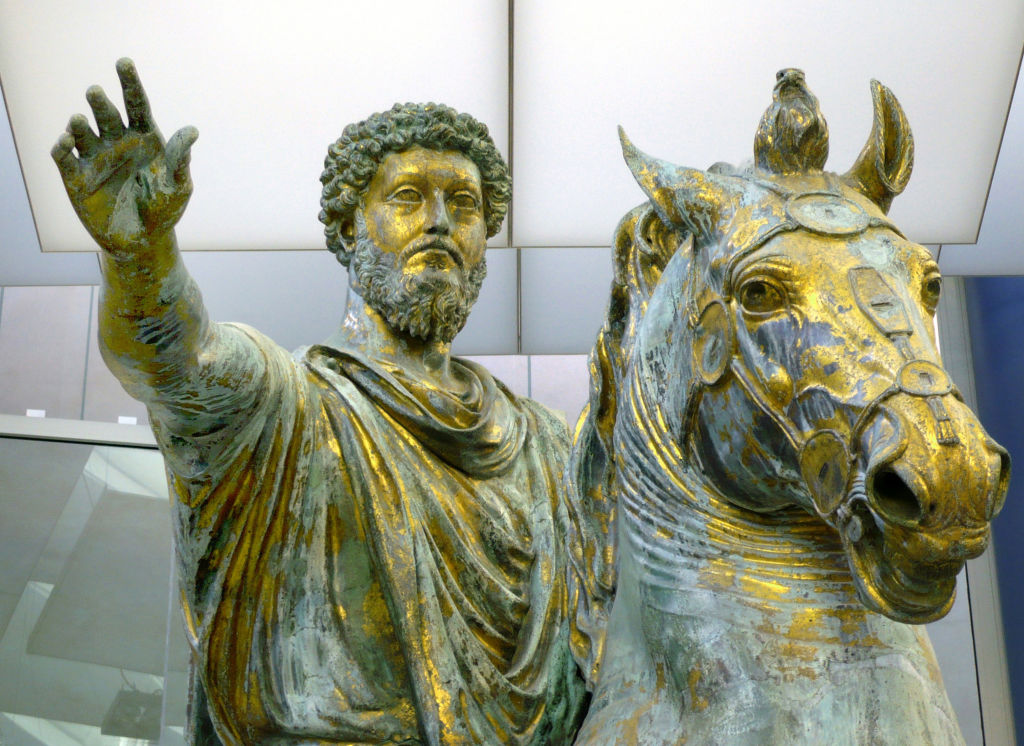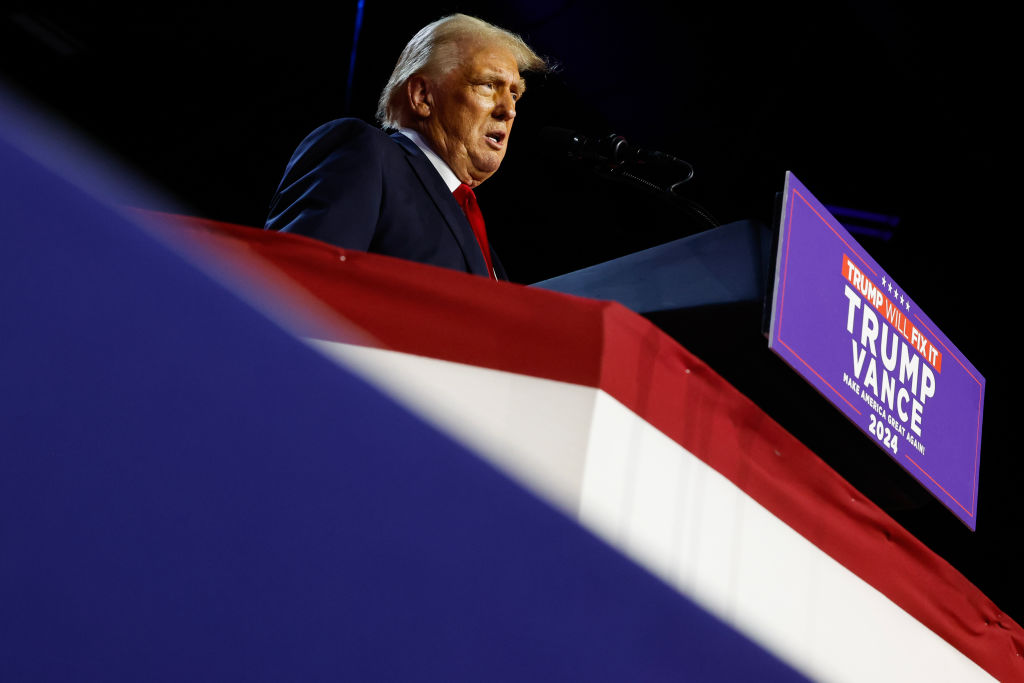In Western-style democracies, most new – or returning – heads of government enjoy a “political honeymoon” upon taking office. They tend to benefit from the afterglow of their election victory, and they also tend to be given some slack, at least by the public, while they get to grips with the new job and settle in.
Donald Trump has made a powerful start to his second presidency. He appears to be politically unassailable: not only does he hold an extremely strong popular mandate, having won the election by a landslide; but the Republicans also control both the House and the Senate. Beyond this, he has come fully prepared for governing, as shown by the flurry of executive orders emanating from the Oval Office since January 20th, by the ability to get his nominees for key positions (such as Pete Hegseth) through Congress, and by the rapid progress being made by Elon Musk’s DOGE on US government corruption and by ICE and other agencies on the border issue.
Abroad, Trump has been equally busy disrupting international politics and laying down his markers for resetting old-standing rules and relationships. Russia has already been engaged directly, if privately, in talks over ending the Ukraine war. Greenland is now formally in Trump’s crosshairs as an acquisition target, with pressure being exerted for the icy island to join the USA outright. Panama’s Chinese alignment seems to have already been reversed following Secretary Rubio’s personal visit to the country, with Trump’s stated desire to “take back the Canal” now appearing rather feasible. Full trade wars with Canada and Mexico have also been technically launched – albeit they are now on pause while Trump works on “deals” with both countries. And, to round things up, there’s Trump’s Gaza bombshell, so to speak: his stated intention to take over the Strip.
All this, at least on the foreign affairs front, is classic Trump behaviour: highly provocative, heavy handed, unconventional and disruptive in the extreme – at least as regards his opening gambit. It is always designed to turn over the table to create a crisis and destabilise the other side before working out a deal that is usually much less damaging than feared, or even not that substantial at all.
The most prominent example from his first term is his approach to NATO, which ended up making the Europeans spend more and strengthening the Alliance despite initial panic. The renegotiation of NAFTA, likewise accompanied by loud noise and high rhetoric, produced the USMCA which Trump hailed as a major overhaul but which, in actual terms, was over 90 per cent the same as the agreement it supplanted. Tariffs were introduced on the EU as well, in Trump’s first term, targeting steel and aluminium exports to the US; the EU retaliated, but the situation did not escalate, leaving US-EU relations tense but functional.
With Donald Trump enjoying much more political power and relative economic leverage this time around, it is natural to expect that he will seek to drive much harder bargains. The odds still are against Trump’s advantage, both at home and abroad, persisting for very long. Deft and swift policy execution and statecraft might just about allow his administration to lock-in key wins before the political weather turns against him, his internal enemies recover, and the knives come out.
He might even be able to deliver lasting, irreversible change to some structural elements of the American republic and government – but the window for doing that is narrower than generally appreciated. Why? Because “events, dear boy, events”, as Harold Macmillan once put it, always tend to crop up and derail the best laid plans; and because, alas, the current “Trump supremacy” might in fact be rather more politically fragile than it looks. So what could go wrong?
Since Day One of the new Administration much of the world’s attention has been riveted on the stream of all those Executive Orders issued by Donald Trump – over 45 of them so far. They correct policy in key areas, remove some of the insane left-progressive policies of the Biden era, and set the basis for aligning US government departments and agencies with America First policy direction.
But, as always, among Trump’s barrage of directives there is also plenty of show without real substance. The “America First policy directive to the Secretary of State”, for example, merely states that US foreign policy will “put America and American citizens first” – a document devoid of any actual policy, with no practical effect, and clearly intended purely as a political messaging device.
Presidential executive power is far-reaching and can indeed re-shape the functioning of the US Government in radical ways “simply” through new policy laid down in White House directives, in the way that a CEO might alter how his company operates and how day to day commercial activities are carried out, and indeed how corporate strategy evolves. But the Chief Executive is still responsible to the company’s Board, which must approve his budget; and he still has to comply with the legal code. Similarly, presidential executive power still has limits – and it was designed this way. Any big-ticket changes will require Congressional support.
The Republicans hold only knife-edge majority in the House (220 seats versus the Democrats’ 215 – the smallest in modern history), and a proportionally slightly larger one in the Senate, but still cutting it very close (53 to effectively 47 for the Democrats).
But Republican majorities do not necessarily equate with Trump control: despite the MAGA takeover of the GOP, there are still pockets of resistance, i.e. representatives and senators who hate the president and can cause considerable problems for him in pushing his agenda through. The confirmation vote for Pete Hegseth was an early indication of this, requiring Vice President Vance to break a 50-50 tie in the Senate after a number of GOP senators remained dead-set against the DoD nominee.
The “MAGA Republicans” of Trump loyalists in the House – comprising people such as Marjorie Taylor Greene – is usually estimated at around 70-80, while the more vocal of Trump critics, or even openly hostile representatives, number around 10-15. Even the latter have so far fallen in line on key votes, such as the confirmation of Speaker Johnson in January; but, together with the other 120-130 “middling” GOP representatives, they could cause trouble in the future. A similar story is playing out in the Senate, with a few “never Trumpers” like Mitch McConnell or Susan Collins wielding considerable blocking power in the upper chamber.
In any legislature, the majority party’s political influence and support erodes over time, particularly if they’re also in government. For GOP majorities in the 119th Congress, the clock to the 2026 mid-term is ticking; all House seats and one-third of the Senate will be up for election again. Turnout in the mid-terms tends to be lower, and generally more depressed among the lower-educated voters, which will favour the Democrats as they will likely mobilise strongly against Trump. The big question will be to what extent will Trump himself be able or willing to campaign hard enough, midway through his last term, to fire-up the MAGA vote once again. Serious on the ground campaigning is crucial – he won’t be able to rely only on the alternative news media reporting on his achievements in office.
All this matters first of all because control of Congress is crucial to Trump’s ability to deliver truly big-impact economic reforms such as tax cuts or reductions in mandatory spending (which constitutes about two-thirds of total US government spending). The flagship tax cut legislation he managed to deliver during his first term, the Tax Cuts and Jobs Act 2019, passed by 227-203 votes in the House at a time when the Republicans had a majority of over 40 seats.
The other obvious reason Congress matters is because it must approve the Trump Administration’s own spending plans each year. The Senate is particularly powerful in this context, with a “supermajority” of 60 votes required to bring key bills to a vote. Speaker Johnson’s plan for advancing a combined border, energy and tax bill is already at risk as a minority of conservative hard-liners oppose his approach.
Congressional control over spending will have particular bearing on Trump’s projected defence build-up which will require a major injection of new funds; indeed, there is increasing talk of finally getting to the long-mooted “trillion-dollar defence budget”, or even more. Just the space segment of the projected US “Iron Dome” missile defence shield alone – now official policy by presidential executive order – would cost around $27 billion in its most minimalistic configuration. The US Navy also requires urgent expansion, the US Air Force requires rapid recapitalisation, and America’s nuclear arsenal is up for a generational renewal and upgrade.
Trump’s ability to pass major defence spending increases through Congress will be central his wider geostrategic agenda. He defined it as “peace through strength”, but without Congress he won’t achieve the latter and will therefore not have the former. The president is a great believer in the power of economics to shape geostrategic outcomes, but at the end of the day it is military strength that really makes the difference, and his statecraft will depend to a large extent on the defence appropriations in Congress.
Finally, even more than in Trump’s first term, Congress’s treaty ratification function and its 1973 War Powers Resolution are likely to be pivotal to the Administration’s key challenges in foreign policy. The principal one is ending the Ukraine war through an enduring peace, as anything else would risk to fall apart quickly and potentially damage Trump’s own legacy irreparably. But, as previously explained in these pages, such a peace would require, if not guarantees given to Ukraine (in the form of a binding treaty, rather than a 1994 Memorandum-style “agreement”), then most certainly it would necessitate a wider CFE-type treaty with Russia as part of a revised European security framework. Anything else will prove illusory and short-lived (unfortunately, this is the most likely scenario in any case).
Other major foreign policy issues with a Congressional “angle”, likely to (re-)emerge in the next four years, include North Korea, where Trump will certainly like to pick up on his previous engagements with Kim Jong-Un; NATO, where Congress might come into play if Trump tries to pull out; as well as the president’s more recent foreign projects involving Greenland and Panama (the annexation of Canada might need to wait).
As President Trump shocks his fellow Americans and the rest of the world with the bold policy actions and proclamations on a daily basis, only amplified by Musk’s DOGE hammer-blows against the corruption, waste and rot of government bureaucracy, it is easy to lose perspective on the fundamental parameters within which this awesome power of the US executive branch actually operates. Congress is just one aspect of this, if arguably the most important. To maintain the political supremacy he now enjoys, and the strong policy momentum of his administration, Trump must also keep winning on the Capitol Hill, bill by bill. Easier said than done.






Despite Trump’s win, Europe’s populist wave is more vulnerable than ever